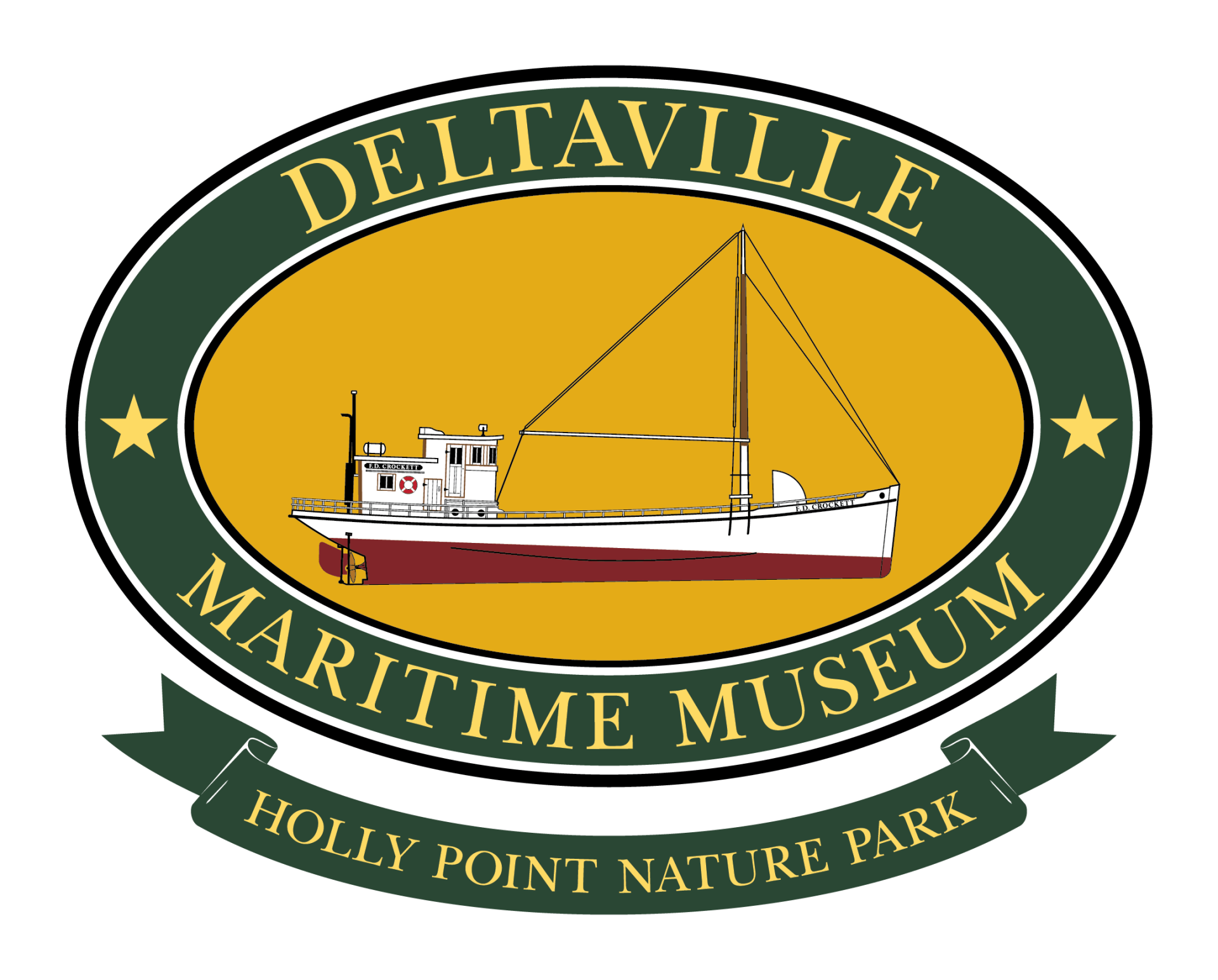Oyster Restoration Project

If you love oysters, you’re in the right place!
Whether they grow wild, are aquacultured, or are a result of restoration projects, the Chesapeake Bay is once again becoming home to thriving oyster populations.
The Chesapeake Bay’s history is tied closely to that of its native oyster, known as the American oyster or
Crassostrea virginica. For centuries, this species of shellfish has grown wild throughout much of the salty waters of the Chesapeake Bay. American Indians and English settlers in the Bay region both depended on then-plentiful oysters for survival, as food and tools.
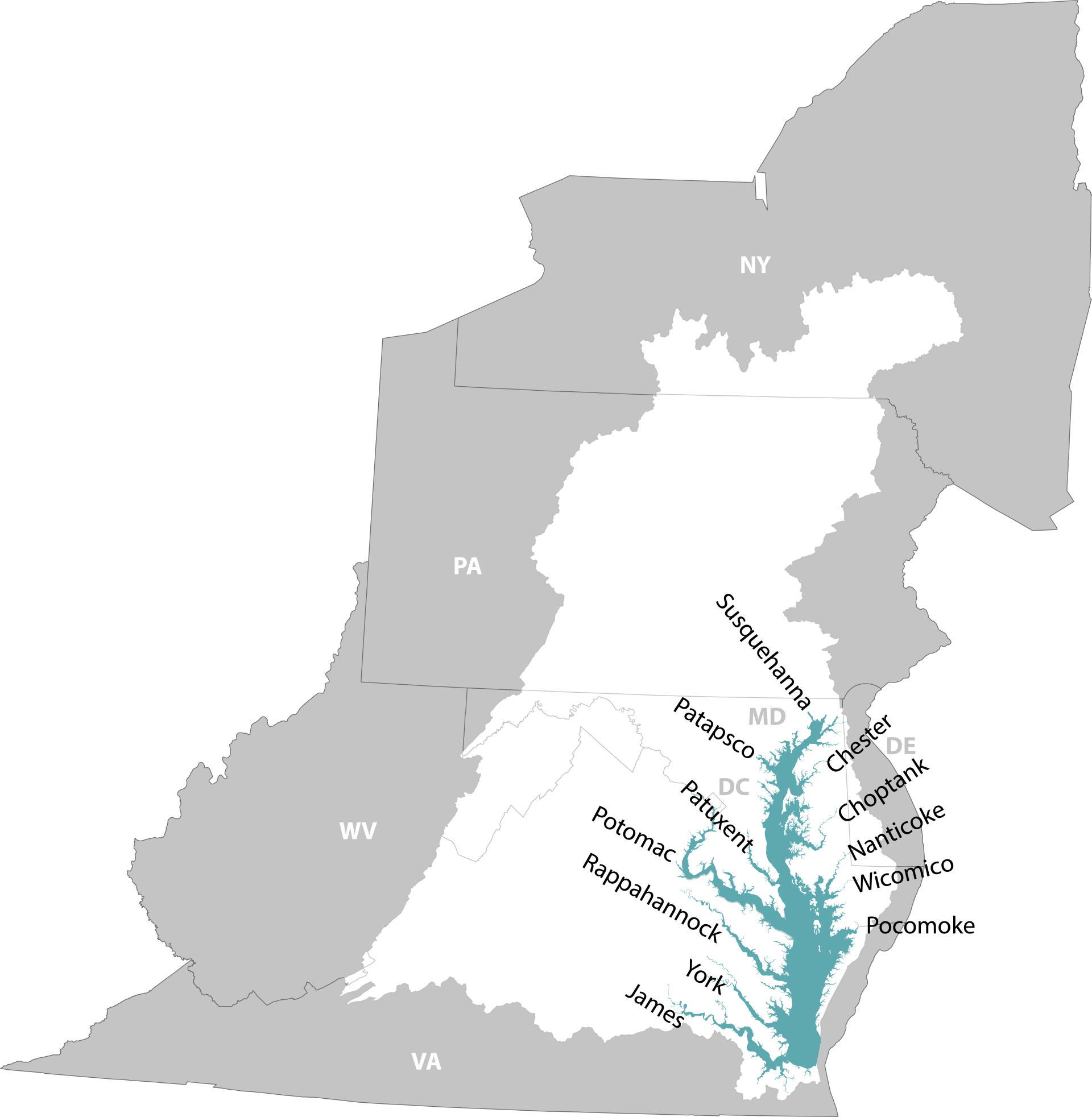
While the Chesapeake Bay watershed and wild oyster populations have changed a great deal over the years, the importance of oysters to the environment, economy, and society has remained high.
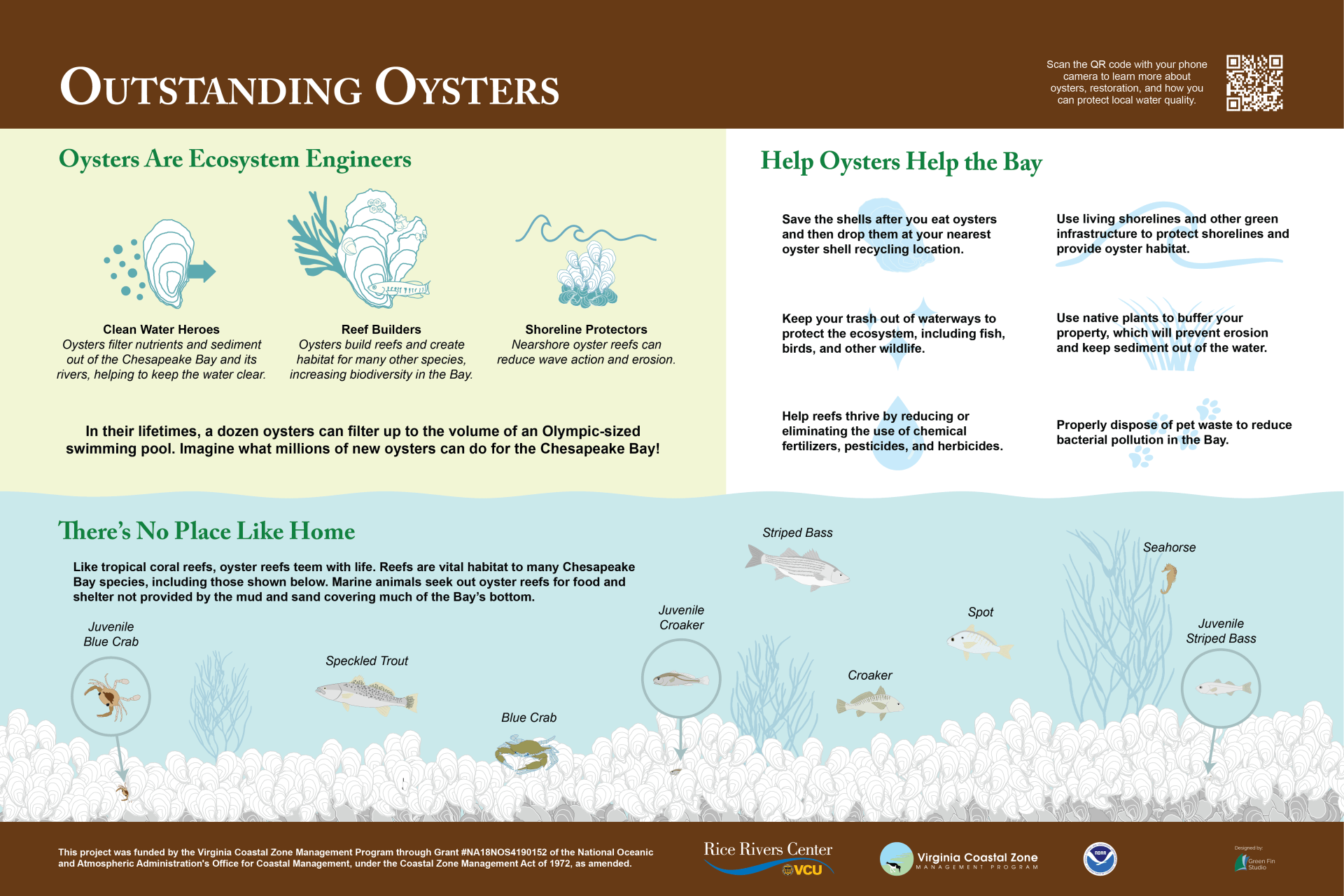
This sign is installed by the water at the Deltaville Maritime Museum - when you visit, be sure to take a look!
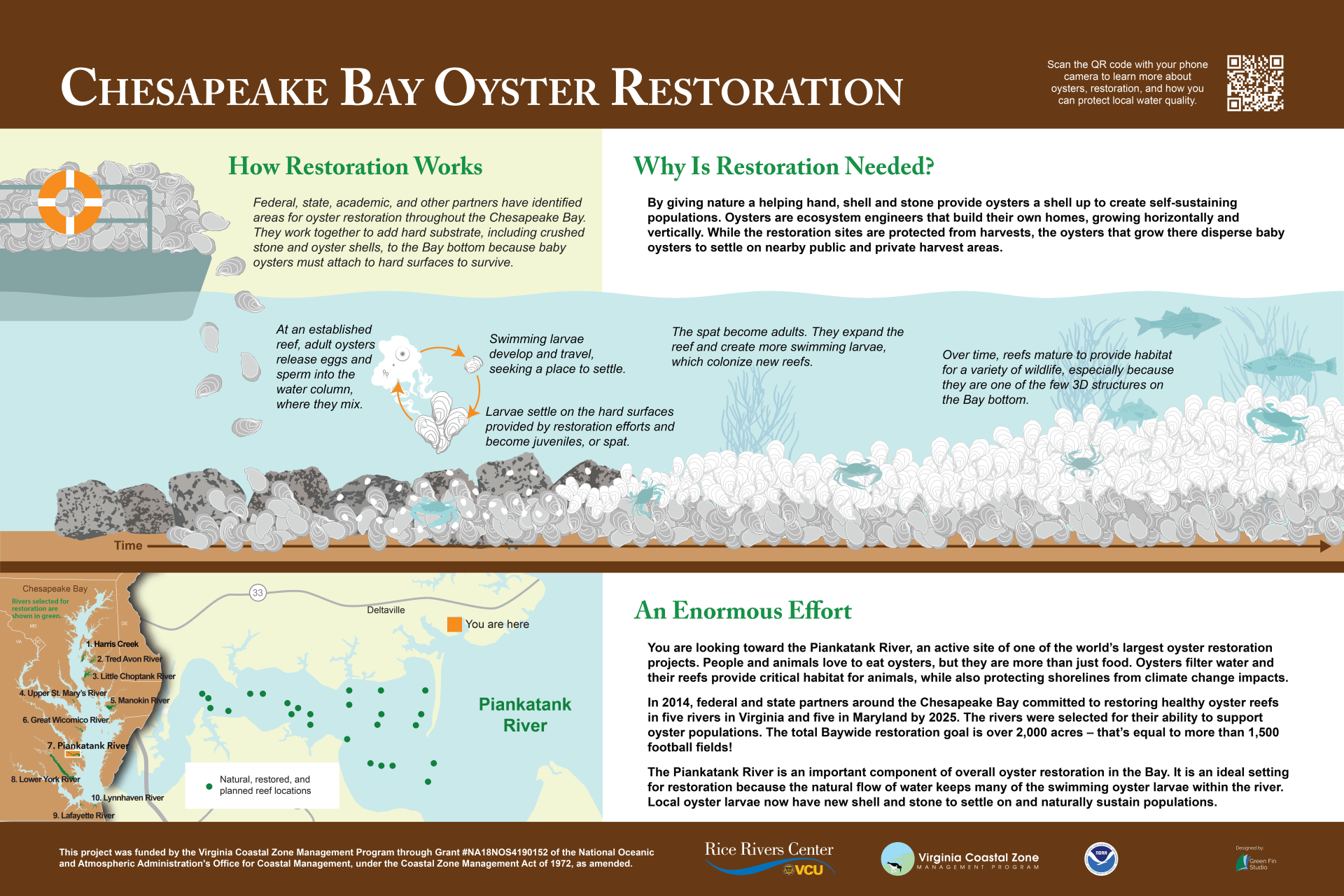
This sign is also installed by the water at the Deltaville Maritime Museum, along with other interpretive signage about oysters and the area.
You can learn more about oyster reef restoration in the Chesapeake Bay by visiting the NOAA website, or the Chesapeake Oyster Alliance website.
Oyster Restoration in the Piankatank River
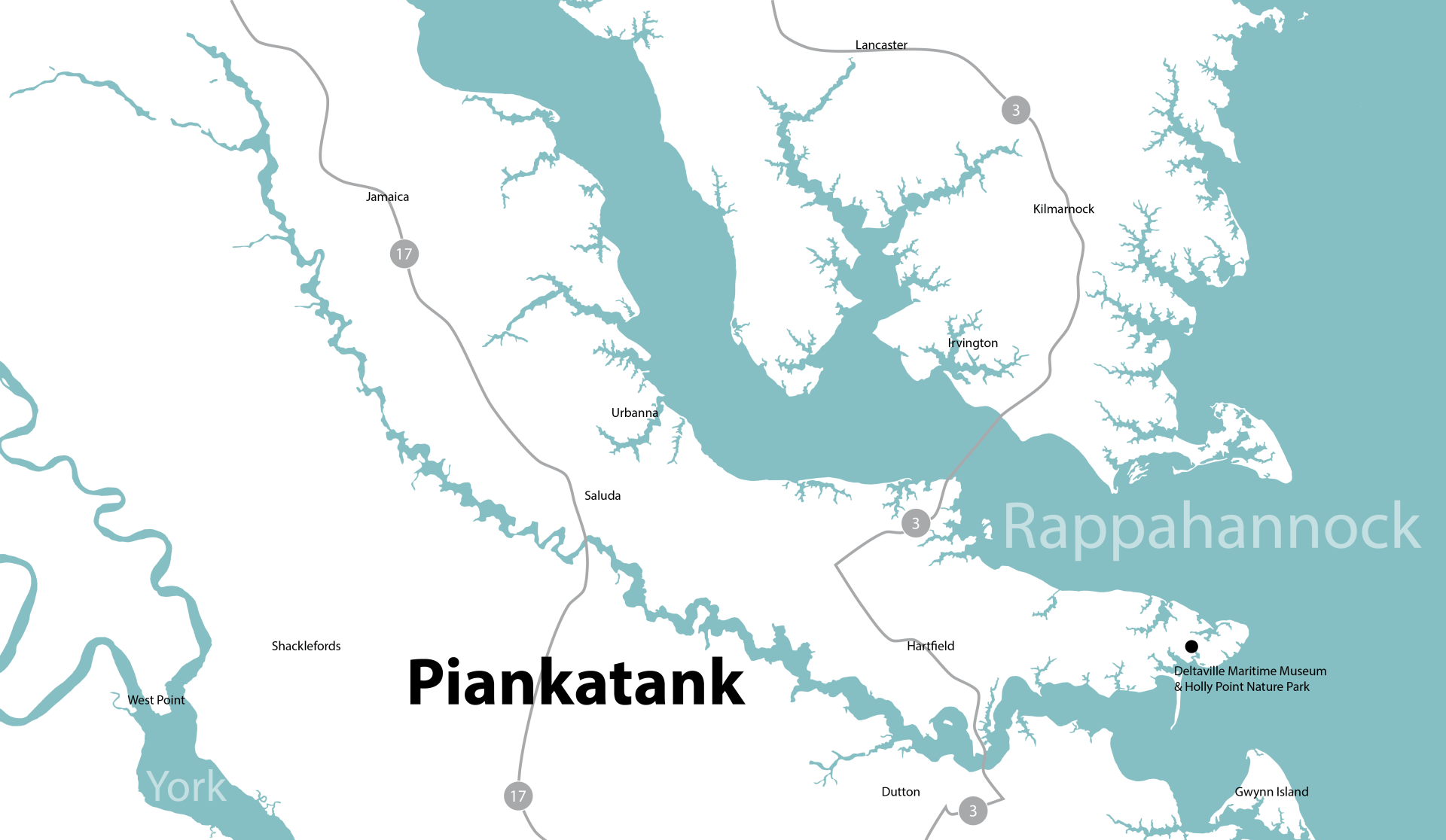
One of the goals of the Chesapeake Bay Program is to restore oysters to 10 Chesapeake tributaries by 2025; one of these tributaries is the Piankatank River. The restoration reef in the Piankatank River is a part of one of the largest such projects in the world. Here in the Piankatank River, approximately 438 acres of oyster reef have already been restored, while at the start of the project, 203 acres of existing reef had met the definition of “restored”. Restoration partners have now constructed an additional 175 acres of reef, with 60 acres left to meet the overall goal by 2025. In 2021, there is a goal to build 33 new acres of reef. The “Piankatank River Oyster Restoration Tributary Plan” is the full plan for oyster restoration in this area.
Partners in the Piankatank
Many organizations, institutions, and agencies have partnered to restore healthy oyster reefs in this area. The restoration process includes many stages, including site selection, design, construction, and subsequent monitoring, as well as ongoing stewardship of water quality that will sustain a healthy oyster population.
Partners in this effort include:
- National Oceanic and Atmospheric Administration
- Virginia Institute of Marine Science
- US Army Corps of Engineers
- Virginia Marine Resources Commission
- The Nature Conservancy
- Chesapeake Bay Foundation
- Virginia Commonwealth University
- The communities in the Piankatank River watershed
What Can You Do?
Everyone can help bring back oysters in the Piankatank River! You don’t have to be a scientist or a part of a big organization to make an impact. Below are some ways you can get involved and lend a hand.
- Protect the ecosystem by disposing of your trash properly.
- Reduce or eliminate your use of chemical pesticides, fertilizers, and herbicides to protect the reef.
- Use living shorelines and other green infrastructure to protect the shoreline and provide oyster habitat.
- Use native plants to buffer your property to reduce erosion and keep sediment and stormwater runoff out of the water.
- Properly dispose of pet waste to reduce bacterial pollution.
- Pump out and inspect your septic system regularly to prevent pollution from entering Chesapeake Bay creeks and streams.
Recycle Your Oyster Shells
Oyster shell recycling is a great way that anyone who eats oysters can support oyster restoration. After leaving your plate, used oyster shells are collected and delivered to an oyster shell drop-off site. Shells are composted to remove food debris, aged until they are ready to be reused and then cleaned. Recycled shells are then loaded onto barges to be planted as substrate or seeded with new spat for reef projects. The diagram here shows the shell recycling process.
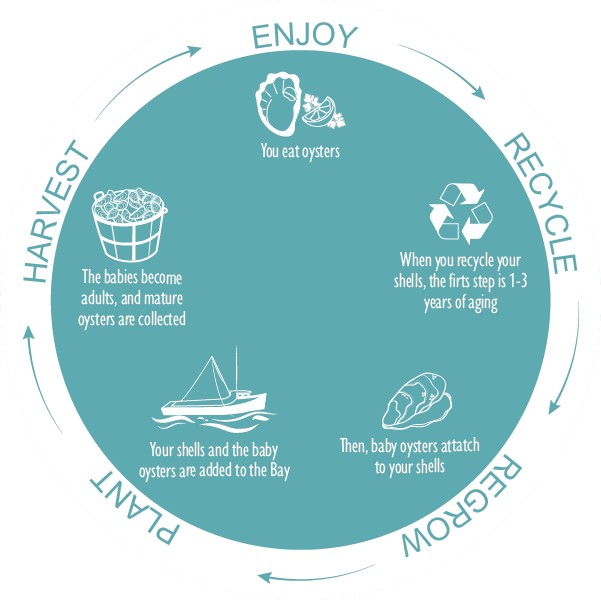
There are several programs in the area that run these sites, including The Virginia Oyster Shell Recycling Program (VOSRP) and the Chesapeake Bay Foundation. To find a shell recycling location near you, or to volunteer on a restoration project, use the links above!
DID YOU KNOW? There is an oyster shell recycling location across from the museum!
Become an Oyster Gardener
You can also learn how to grow your own oysters! Homegrown oysters also perform important ecosystem services by helping with water filtration, can be harvested and planted on reefs for restoration, and some can even be eaten. To learn more, check out the links below:
Please note: Because oysters are filter feeders, not all waters are suitable for growing oysters that are safe to eat. For more information on how growing waters are assessed for safety and sanitation, visit Virginia Department of Health.
Resources
For Teachers
Are you a teacher looking to incorporate lessons on the Chesapeake Bay and the importance of oysters into your curriculum? Below are some lesson plans and modules to
NOAA:
Middle School,
High School
For Oyster Lovers
People travel from all over the world to attend events that celebrate this mighty mollusc, including the Deltaville Seafood Festival, the Urbanna Oyster Festival and other events along the Virginia Oyster Trail. If you love to eat oysters and would like to support local oystermen and women and restaurants, check out the links below! These are great resources to find local oysters near you, whether you live here, or are just in town for a visit. Although there are local options for eating oysters year-round in Virginia, November is Virginia Oyster Month, making it a great time to sample oysters from the state’s eight oyster tasting regions. Each of these regions imparts its own characteristics on how oysters grown there taste.
https://www.virginiaoystertrail.com/
https://www.virginiasriverrealm.com/virginias-oyster-country/
Contact Us
We will get back to you as soon as possible
Please try again later
Thank you to the businesses that help sponsor & support us!
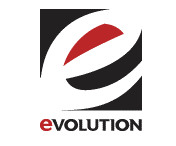
Slide title
Write your caption hereButton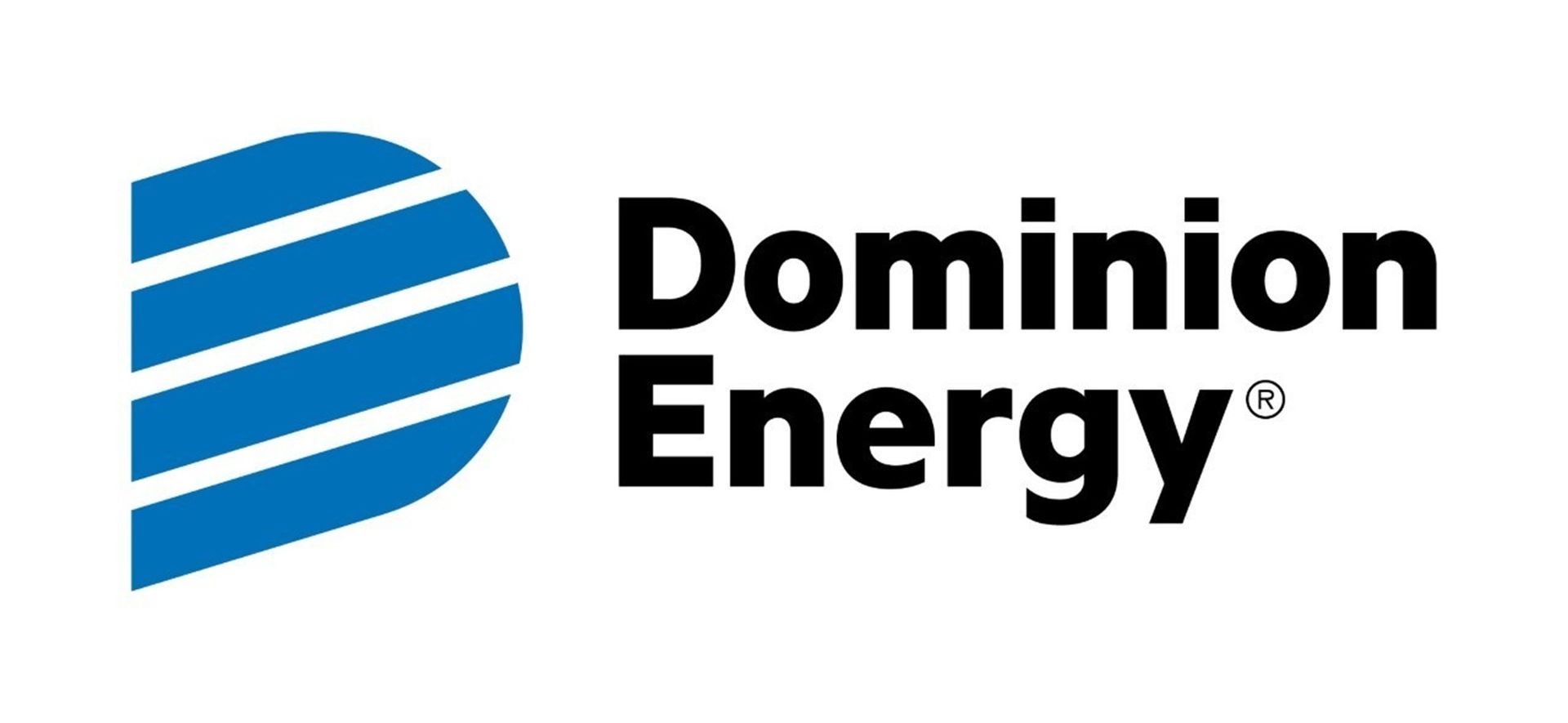
Slide title
Write your caption hereButton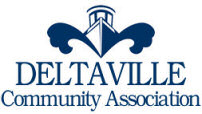
Slide title
Write your caption hereButton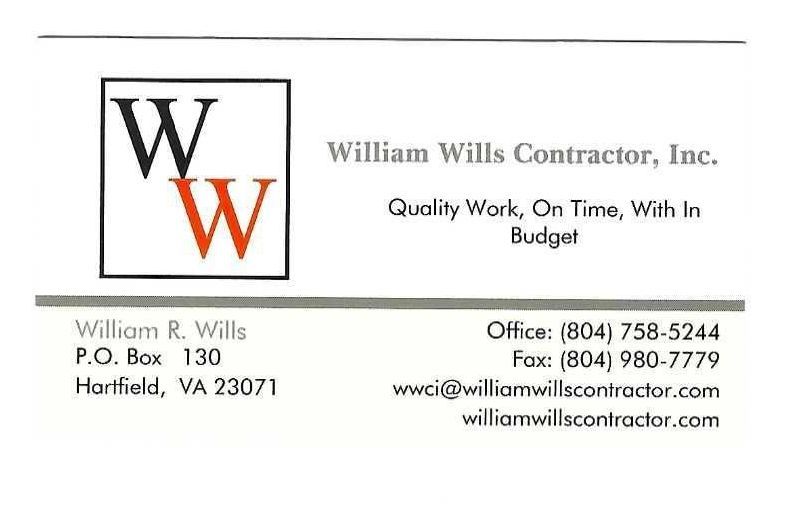
Slide title
Write your caption hereButton
Slide title
Write your caption hereButton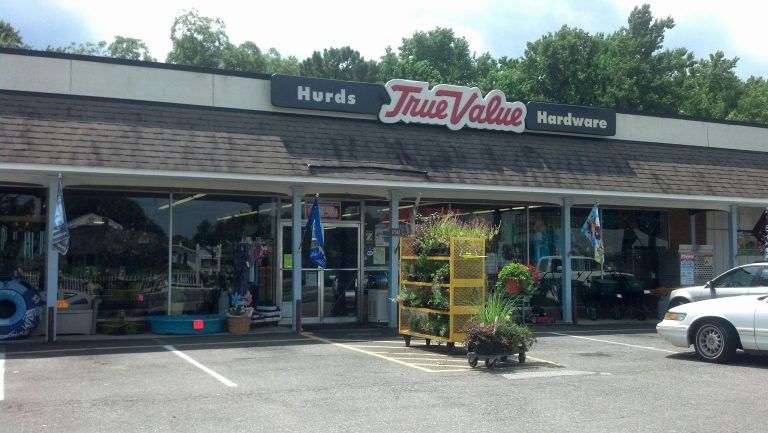
Slide title
Write your caption hereButton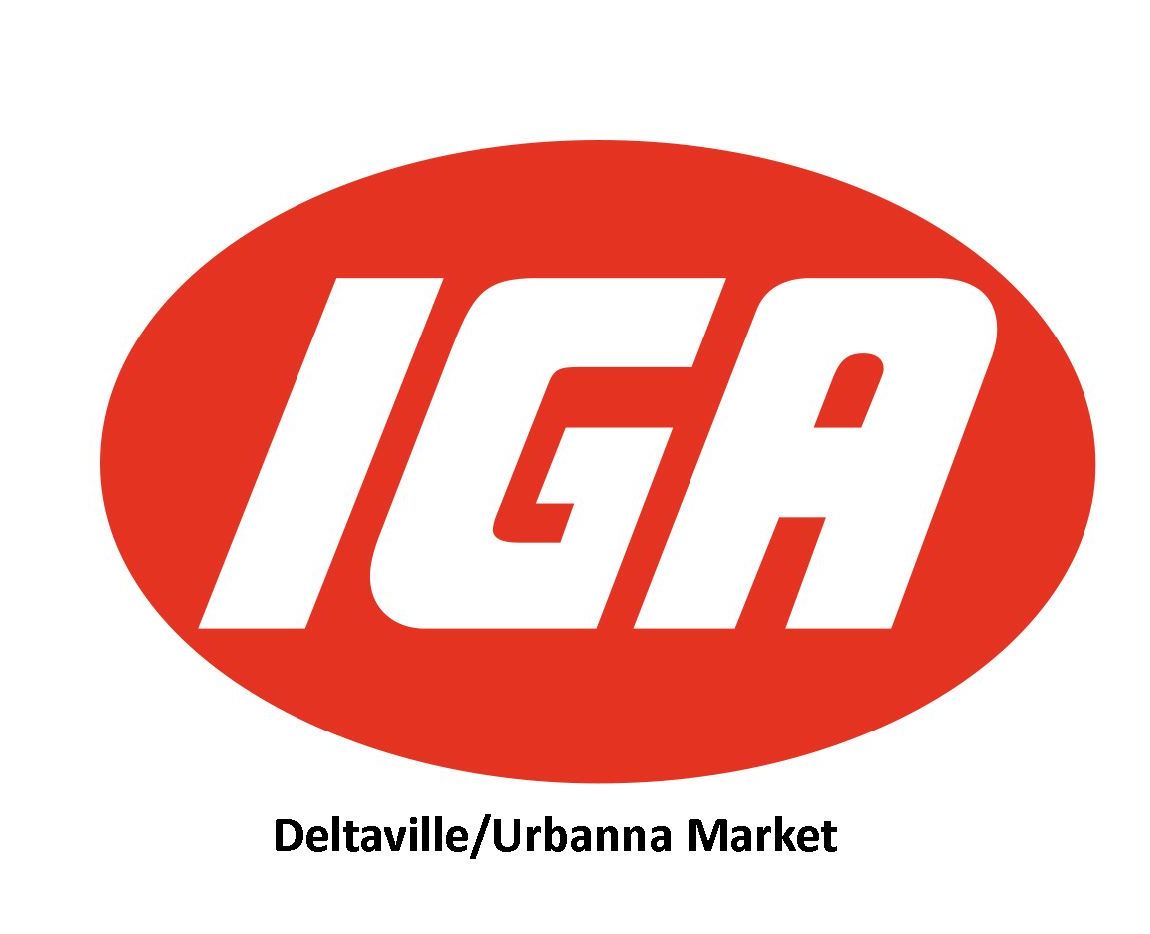
Slide title
Write your caption hereButton
Slide title
Write your caption hereButton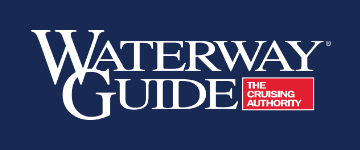
Slide title
Write your caption hereButton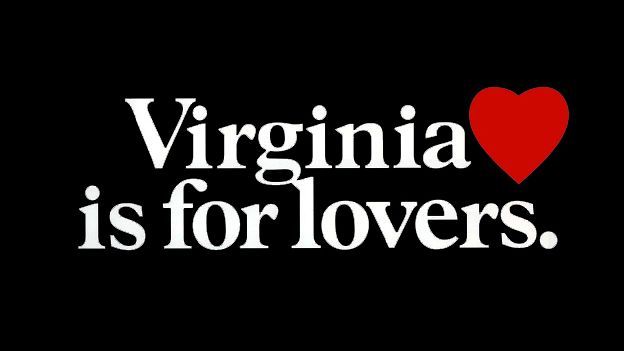
Slide title
Write your caption hereButton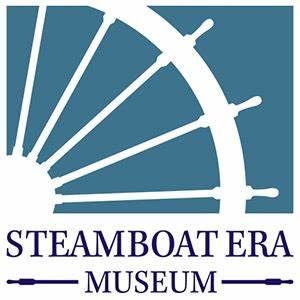
Slide title
Write your caption hereButton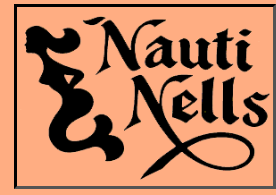
Slide title
Write your caption hereButton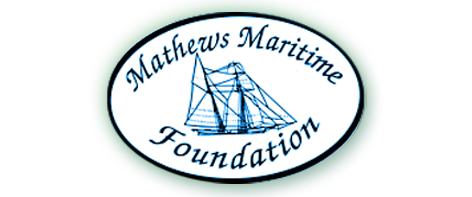
Slide title
Write your caption hereButton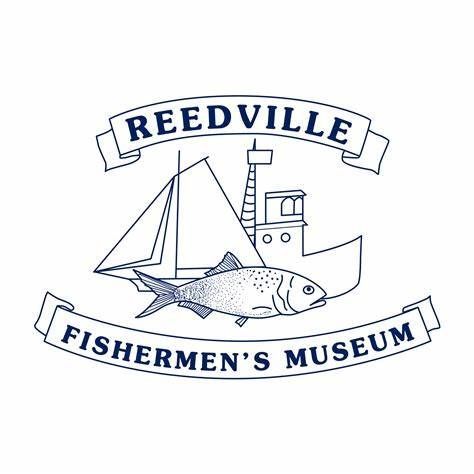
Slide title
Write your caption hereButton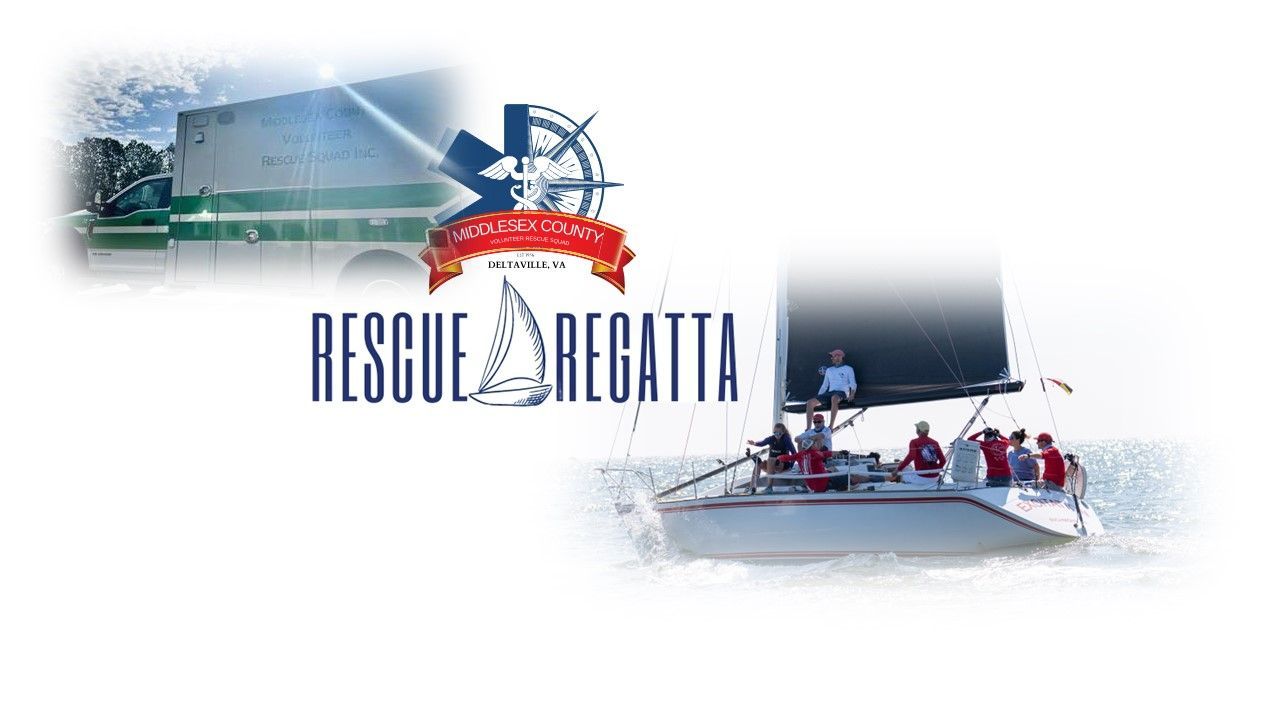
Slide title
Write your caption hereButton
Slide title
Write your caption hereButton
Slide title
Write your caption hereButton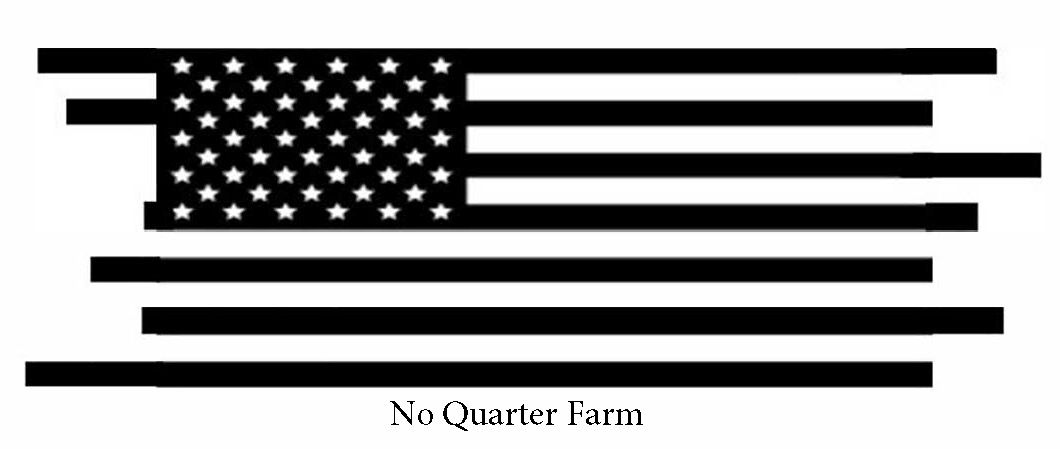
Slide title
Write your caption hereButton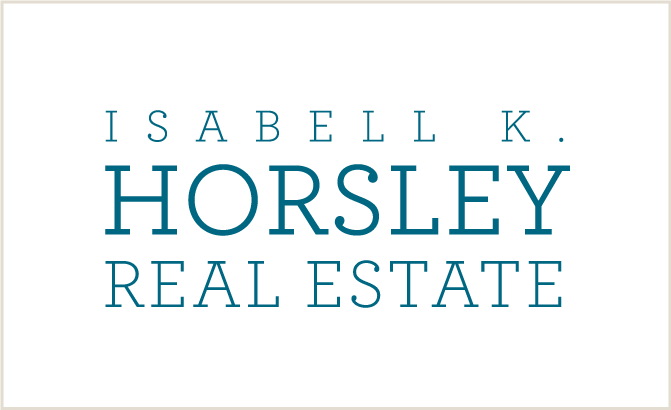
Slide title
Write your caption hereButton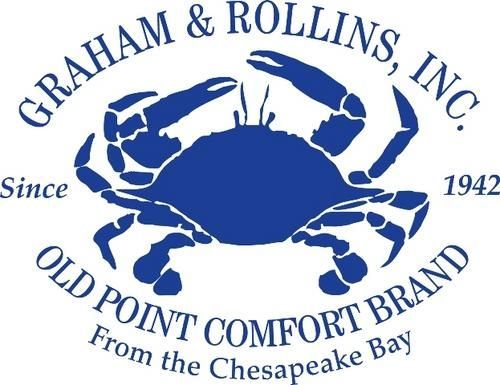
Slide title
Write your caption hereButton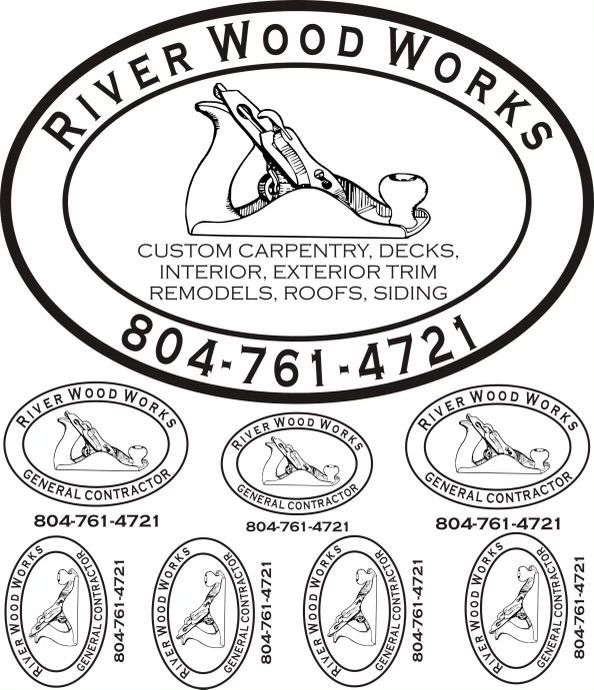
Slide title
Write your caption hereButton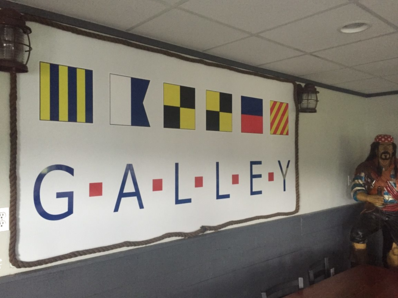
Slide title
Write your caption hereButton
Slide title
Write your caption hereButton
Slide title
Write your caption hereButton
Slide title
Write your caption hereButton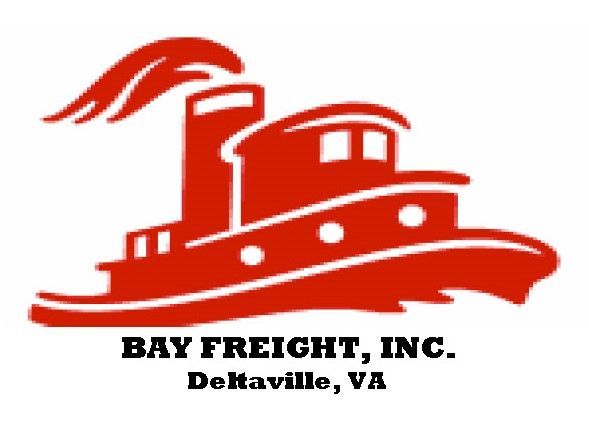
Slide title
Write your caption hereButton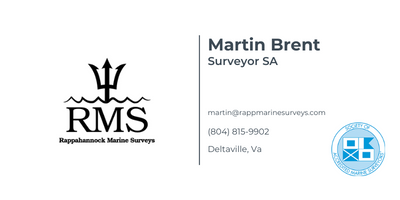
Slide title
Write your caption hereButton
